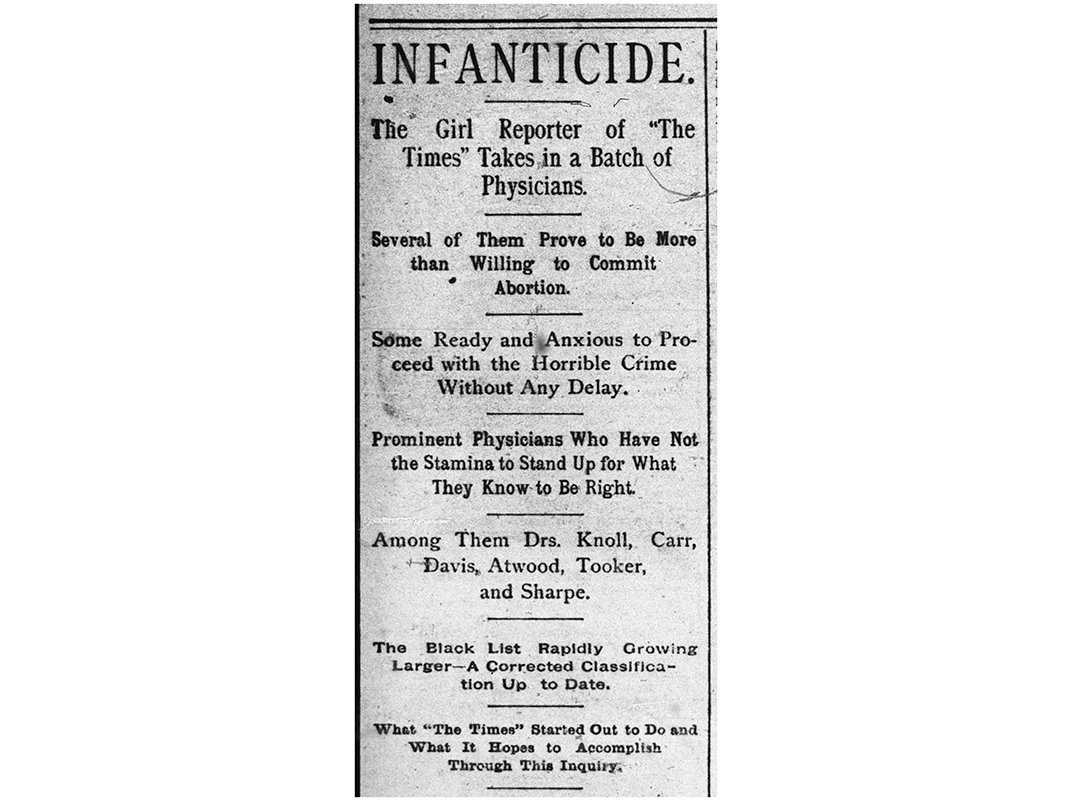Their writing style was innovative, providing a new way to showcase womanhood through traits like bravery, independence, professionalism, ambition, charm, and yet unapologetically female. During this time, women and wives still weren't considered full citizens under the "coverture" law, they weren't able to vote which resulted in no laws to protect them from sexual harassment or marital rape. One of the most famous and influential naysayers, Nathaniel Hawthorne, wrote about his fear of female writers his age, saying that there's an "impropriety in the display of the woman's naked mind to the gaze of the world."
To fight off, these vicious and damaging stereotypes, women began writing under male pen names like George Eliot and Brontë and they wrote their essays and stories with an obscure sex to the narrator an example being Mary Kate in Land of Little Rain.
Stunt reporting challenged the idea Hawthorne put out into the world, when they couldn't cast ballots, they took the time to interview presidential candidates, when they couldn't sit in on juries, they reported on trials offering their perspectives. They were unlike the average female reporters, who masked their gender, these women embraced all of it and wrote about their experiences of harassment, judgement, abortion seeking, and even little things like having crushes or a bad hair day. This was all deemed frivolous, emotional, and in all terms of the word "female", but they completely altered the journalistic landscape.
Some of the revolutionary Girl Reporters were Nellie Bly, Eva Gay, Nora Marks, Annie Laurie, Gertrude Gordon, Elizabeth Jordan, and Ida B. Wells. But the one that prompted the use of the term "Girl Reporters" is still a mystery. It first popped up in as the byline for a Chicago Times, abortion exposé story in 1888 called "Infanticide", and just caught on from there.
But the journalism method of deep undercover identities, was only made popular after Nellie Bly's 1887 story for the New York World, "Ten Days in the Mad House." Bly got herself committed into the infamous Blackwell's Island insane asylum of NYC for ten days, and later wrote about her experiences and observations from that time. Similarly, Annie Laurie faked a fainting in the streets of San Francisco in order to get a story for The Examiner, where she exposed the ill treatment in public hospitals.
The work these women did created real world change, with increased funding to mental health facilities, and inspiring labor organizations to push for better labor protection laws. One of these women was Eva Gay, or rather Eva McDonald. She was a young reporter for the St. Paul Daily Globe following leads in Minneapolis regarding women's labor rights. Through her continued activism on and off the page, she became a central figure in Minnesota's Labor Rights Movement. She also was one of the Girl Reporters that used a pseudonym, Eva Gay, first premiered in her weekly column "Mong Girls Who Toil."The use of female pen names were to protect the identities of these women, and a male editor for The Journalist in 1889 said it perfectly. "Many of the brightest women frequently disguise their identity, not under one nom de plume, but under half a dozen... This renders anything like a solid reputation almost impossible." All in all, these women were little known, little respected, and almost never came out from undercover.







No comments:
Post a Comment